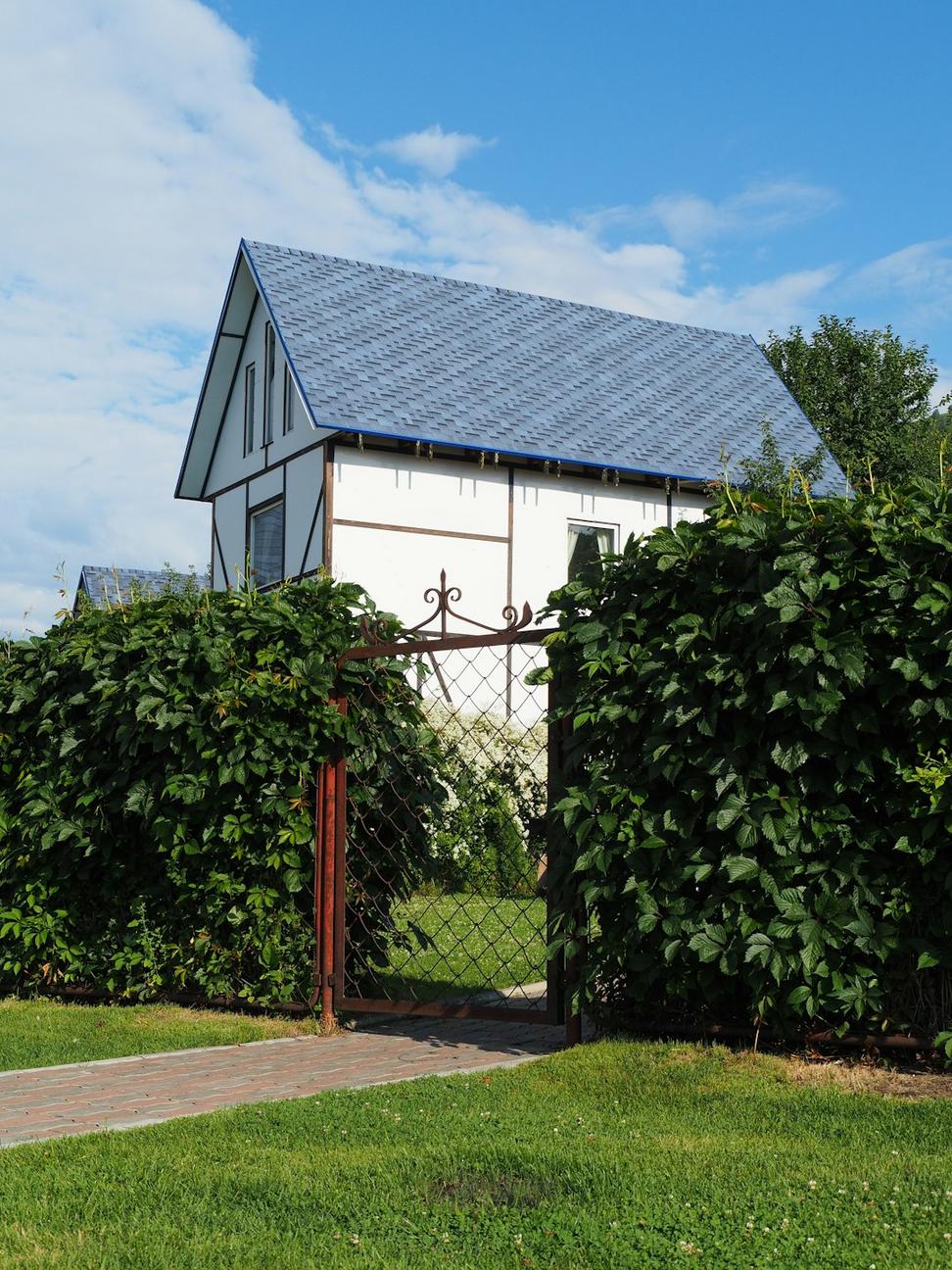
Let's Talk Green Building
Real sustainability isn't just about slapping solar panels on a roof and calling it a day. We've spent years figuring out what actually works in the Pacific Northwest climate.
Look, we're gonna be straight with you - sustainable architecture has become such a buzzword that it's almost meaningless now. Everyone claims they're "green" or "eco-friendly" but what does that really mean?
For us, it's pretty simple: design buildings that use less energy, cost less to operate, and don't make people sick. We've been doing this for over a decade in Vancouver, and we've learned what works in our rainy, temperate climate versus what's just greenwashing.
Every project starts with understanding the site's natural features - sun angles, prevailing winds, existing vegetation. Sometimes the best "sustainable" choice is keeping what's already there instead of tearing everything down.
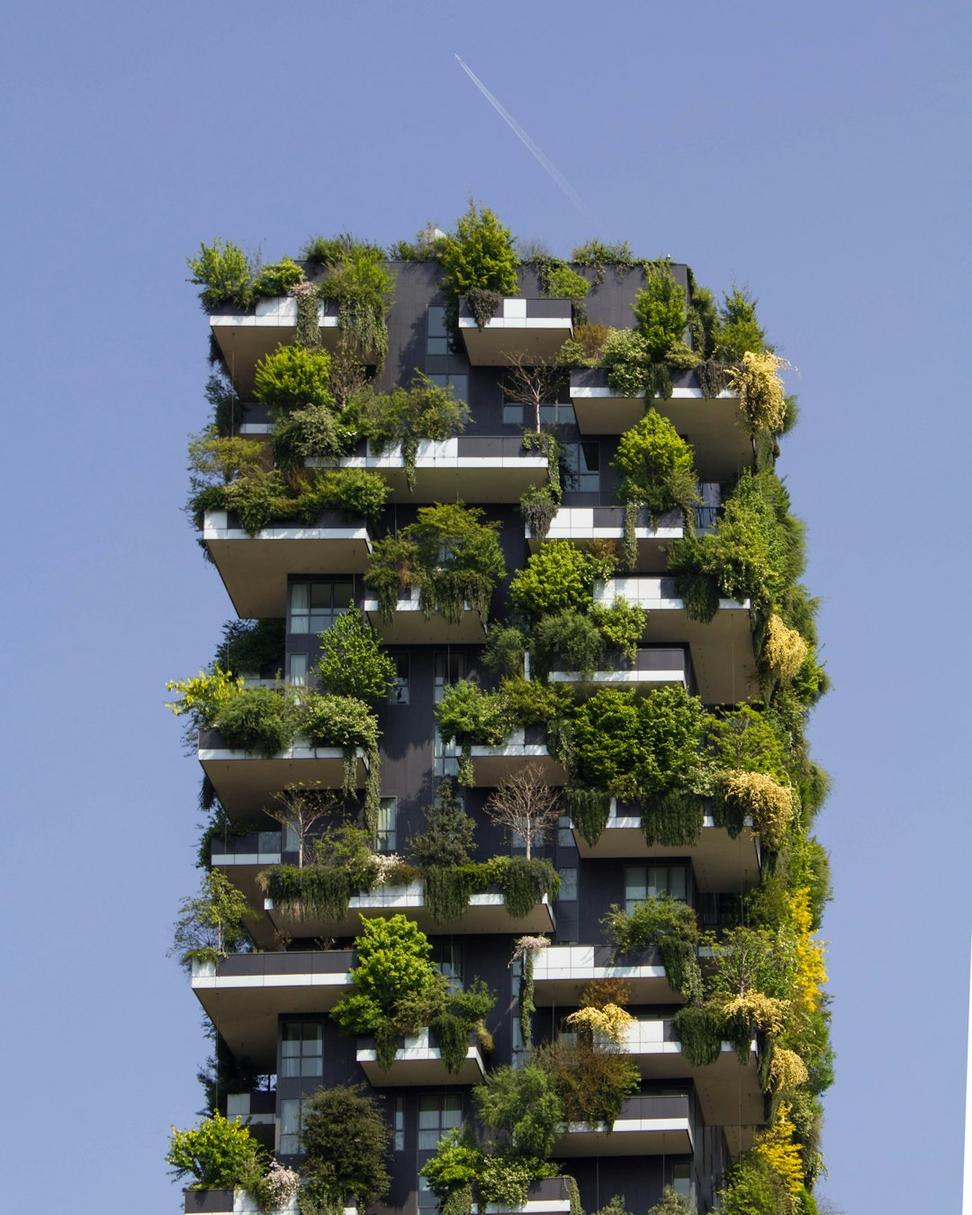
We orient buildings to capture winter sun and avoid summer overheating. Sounds basic but you'd be surprised how many architects ignore this.
Rainwater harvesting isn't rocket science in Vancouver - we get plenty of it. Gray water systems for irrigation work really well too.
Cross-ventilation and stack effect work wonders. Less HVAC means lower bills and fewer mechanical failures down the road.
BC has amazing timber. Using local materials cuts transportation emissions and supports regional manufacturers.
Turning a 1970s energy hog into a comfortable, efficient home
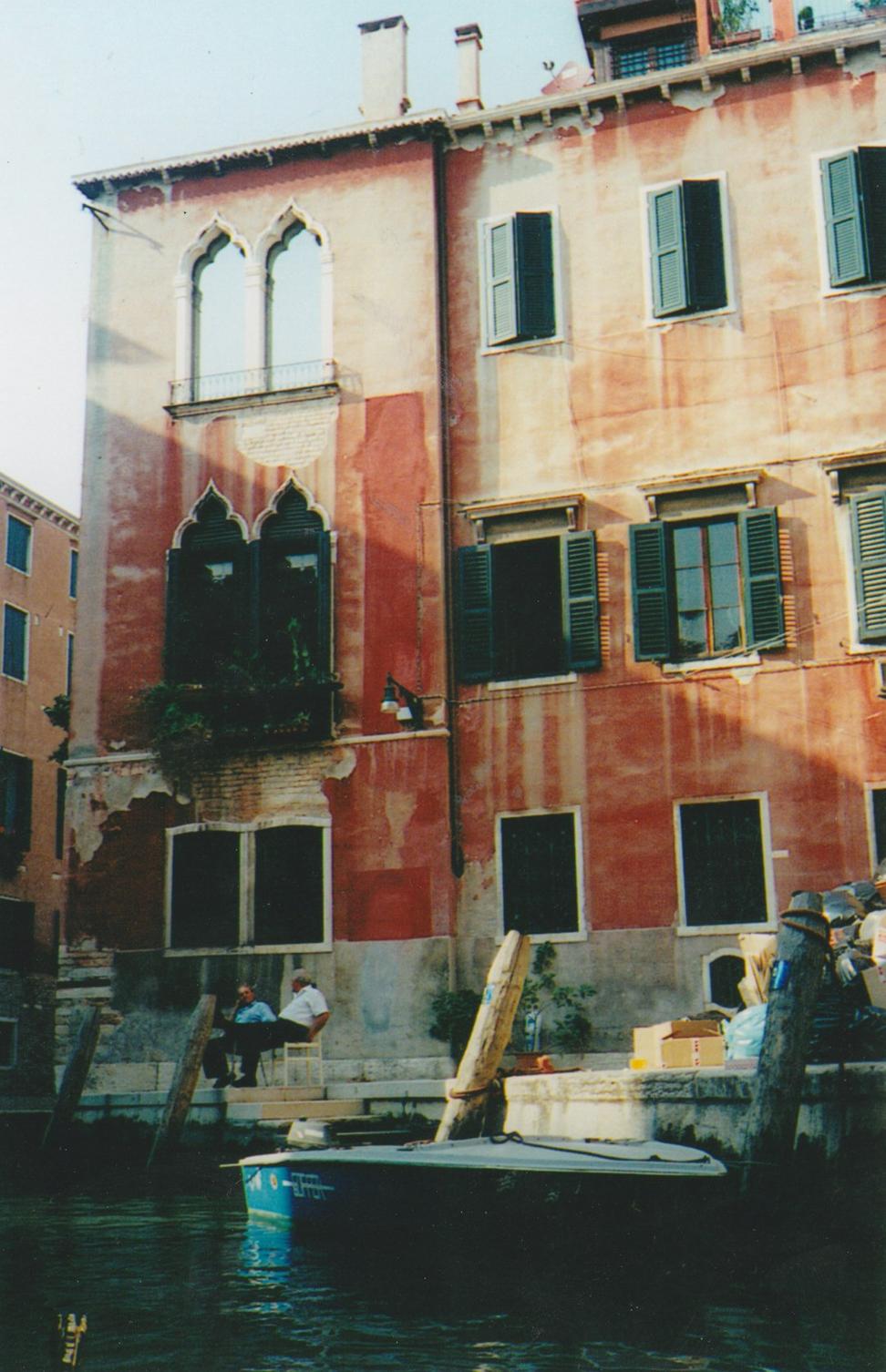
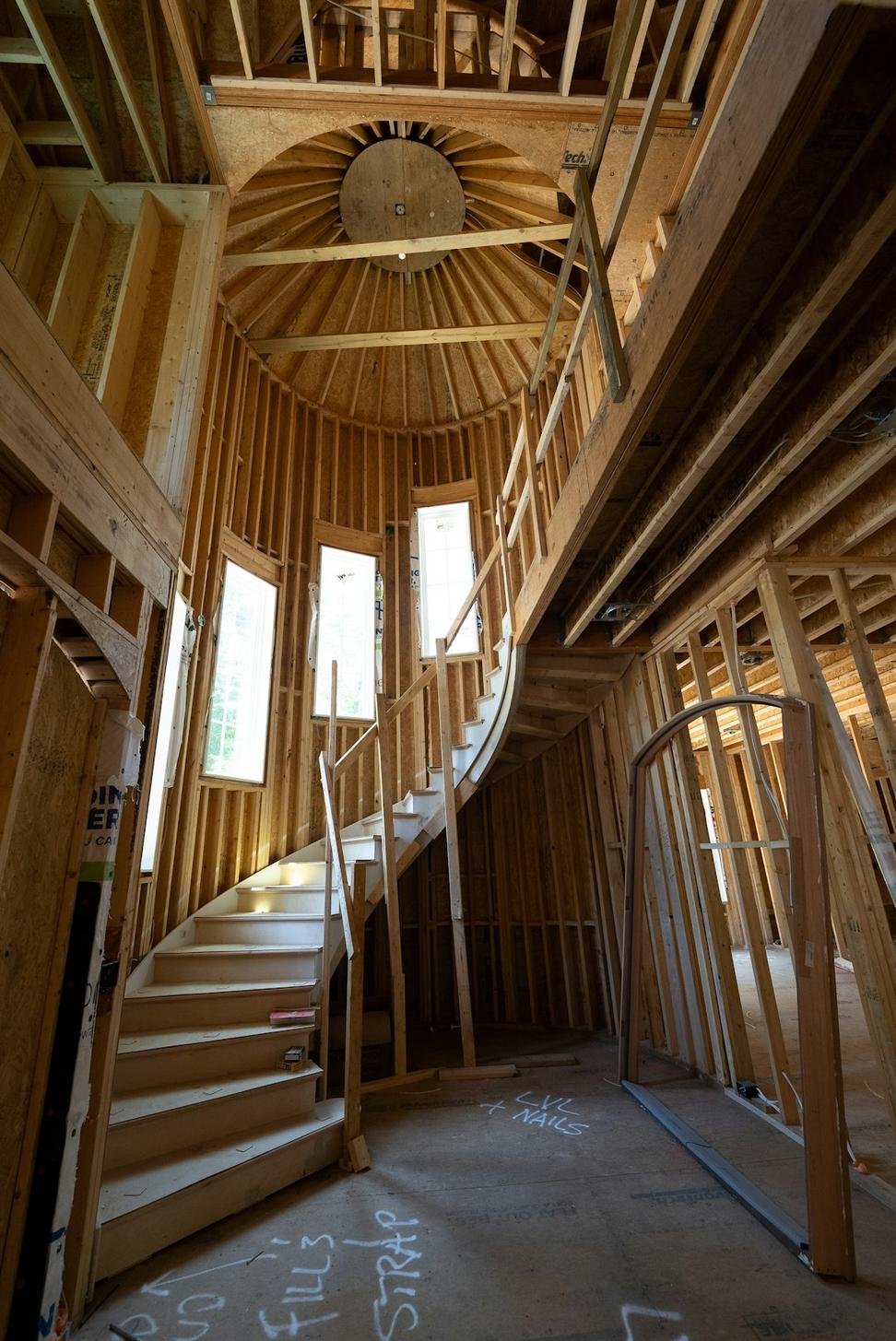
Homeowner's take: "We were skeptical about the cost upfront, but honestly, the comfort improvement alone was worth it. Not having cold spots near windows in winter is huge. And yeah, the utility bills are way lower - that's real money back in our pockets every month."
These aren't just badges - they're frameworks that actually push us to design better
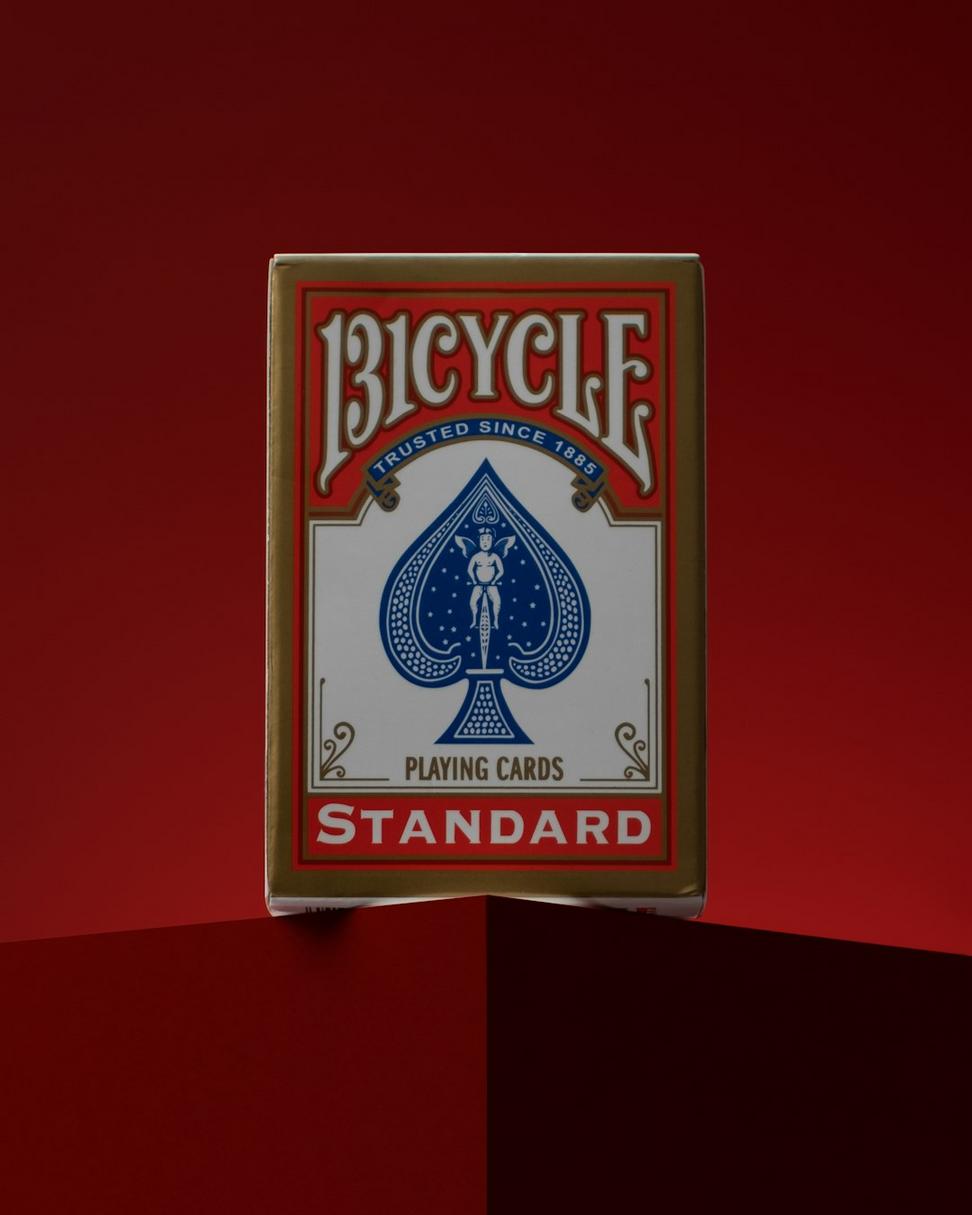
We've done projects from Silver to Platinum. The point system keeps us honest about material choices and efficiency targets.
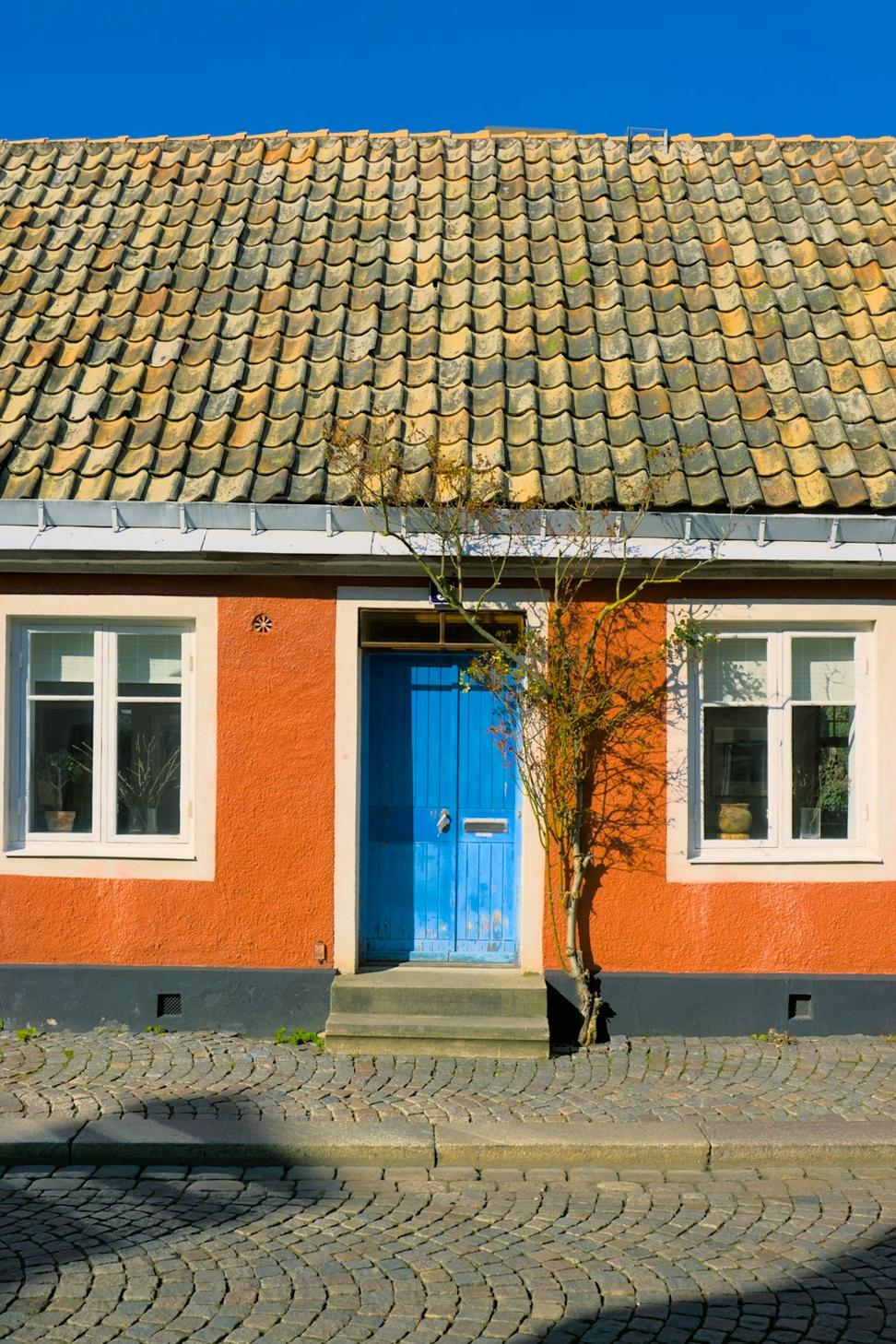
The gold standard for energy efficiency. Super demanding but the results are incredible - basically eliminates heating bills.
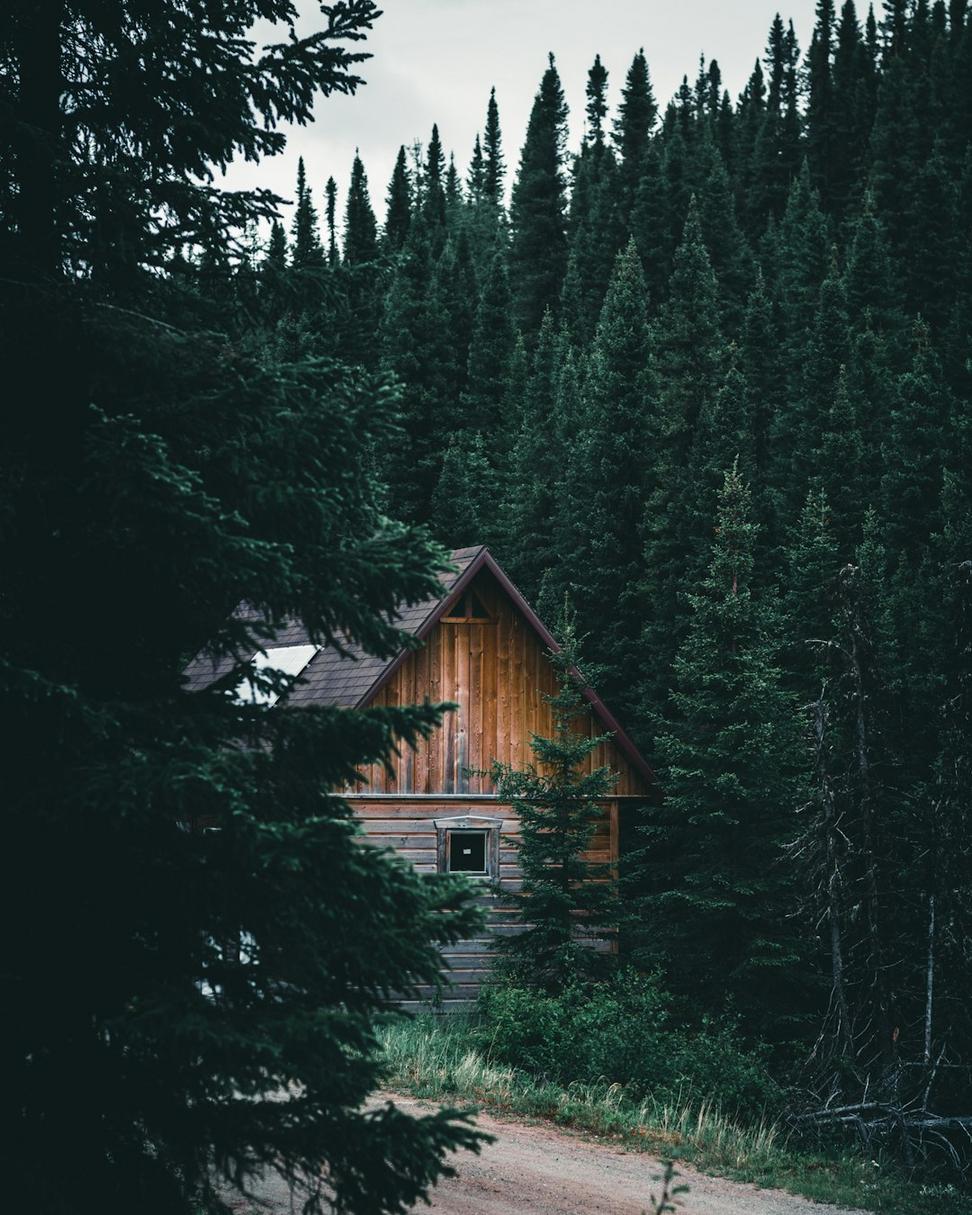
Great for residential projects in BC. More flexible than some systems but still pushes for real improvements.
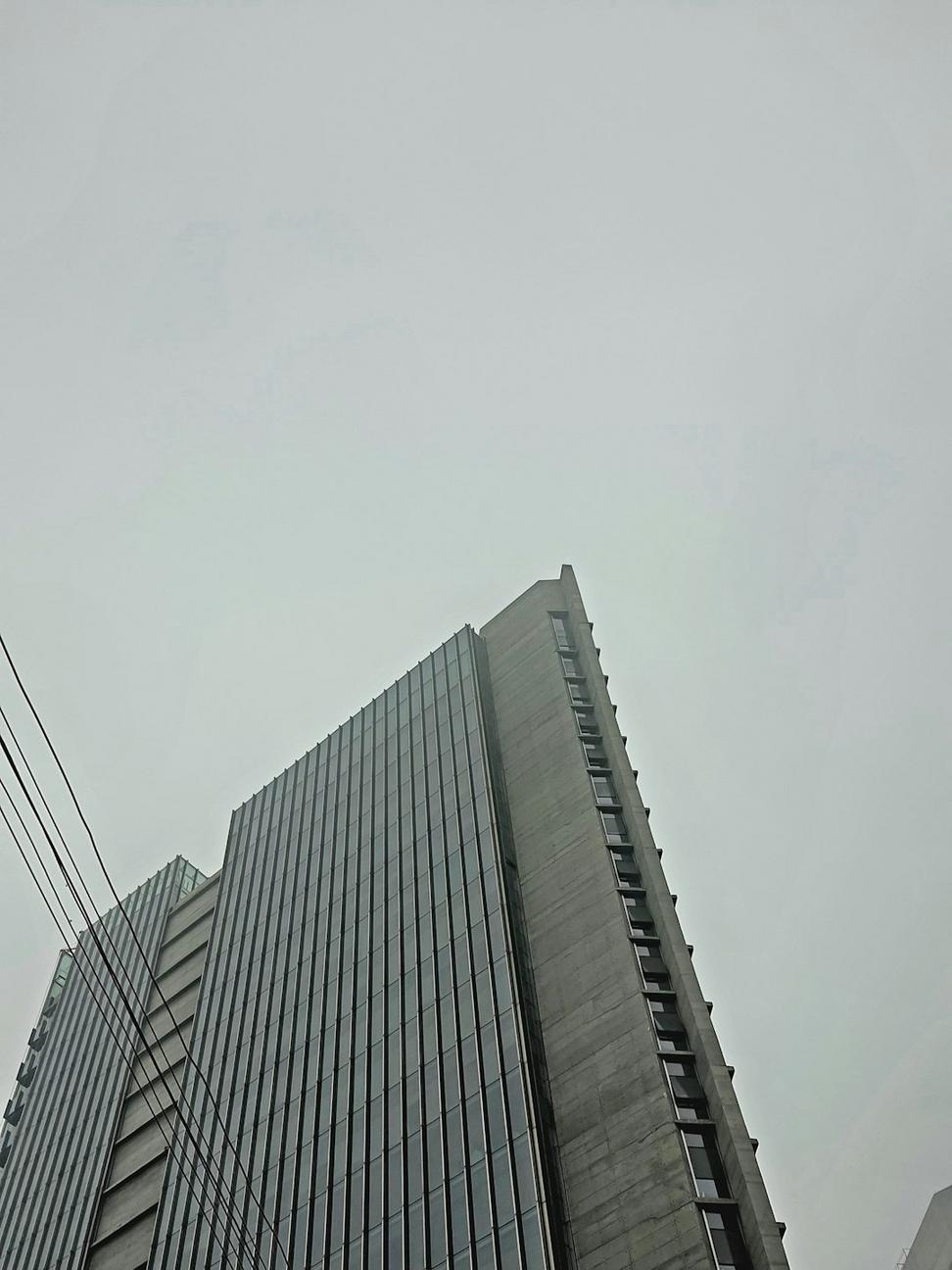
Designing buildings that produce as much energy as they use. It's ambitious but totally achievable with the right approach.
Not every project needs certification - sometimes clients just want efficient design without the paperwork. That's cool too.
Let's Discuss Your Green Project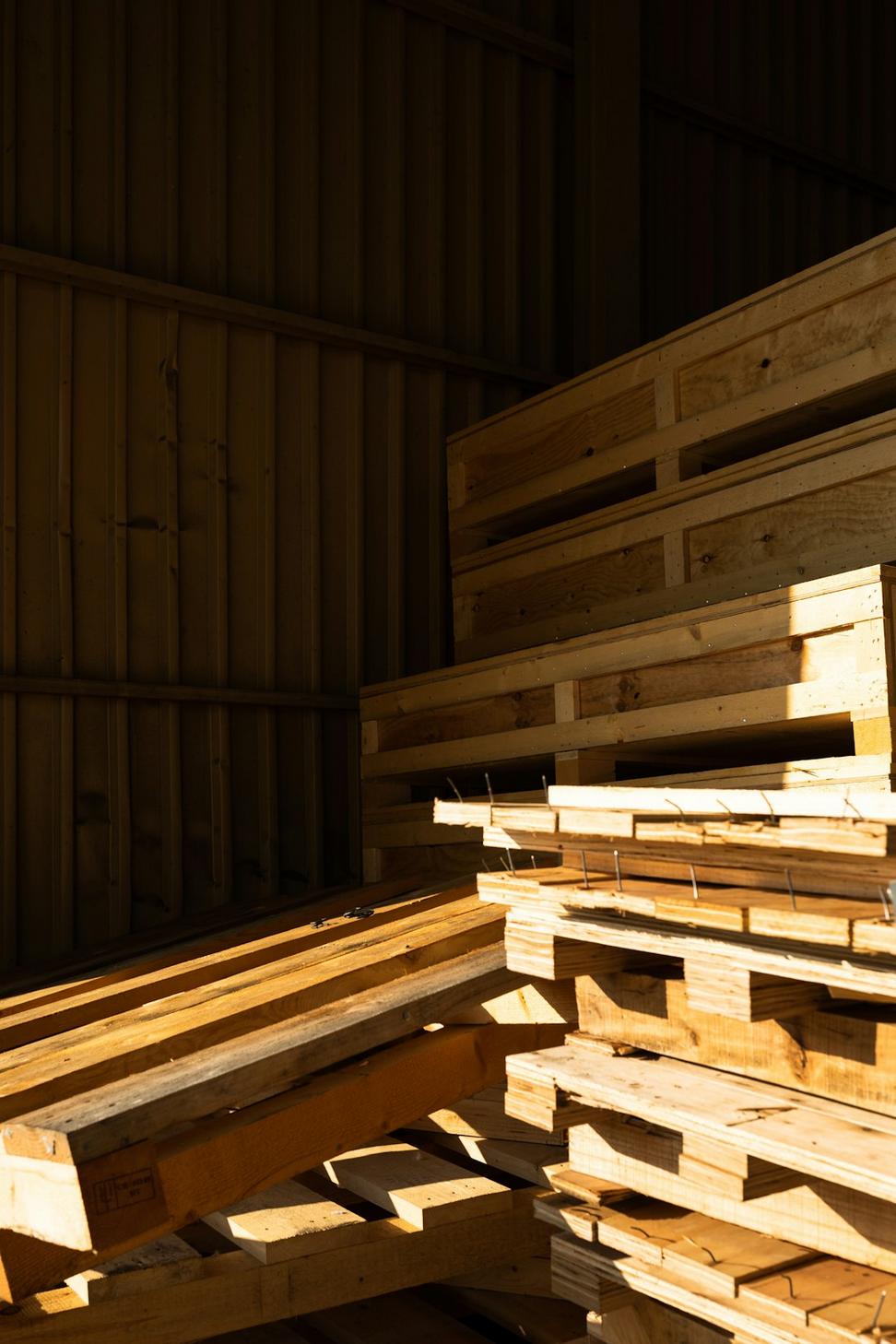
CLT is amazing - strong as steel, way lighter, and it's a carbon sink instead of a carbon source. Plus it looks gorgeous when you leave it exposed.
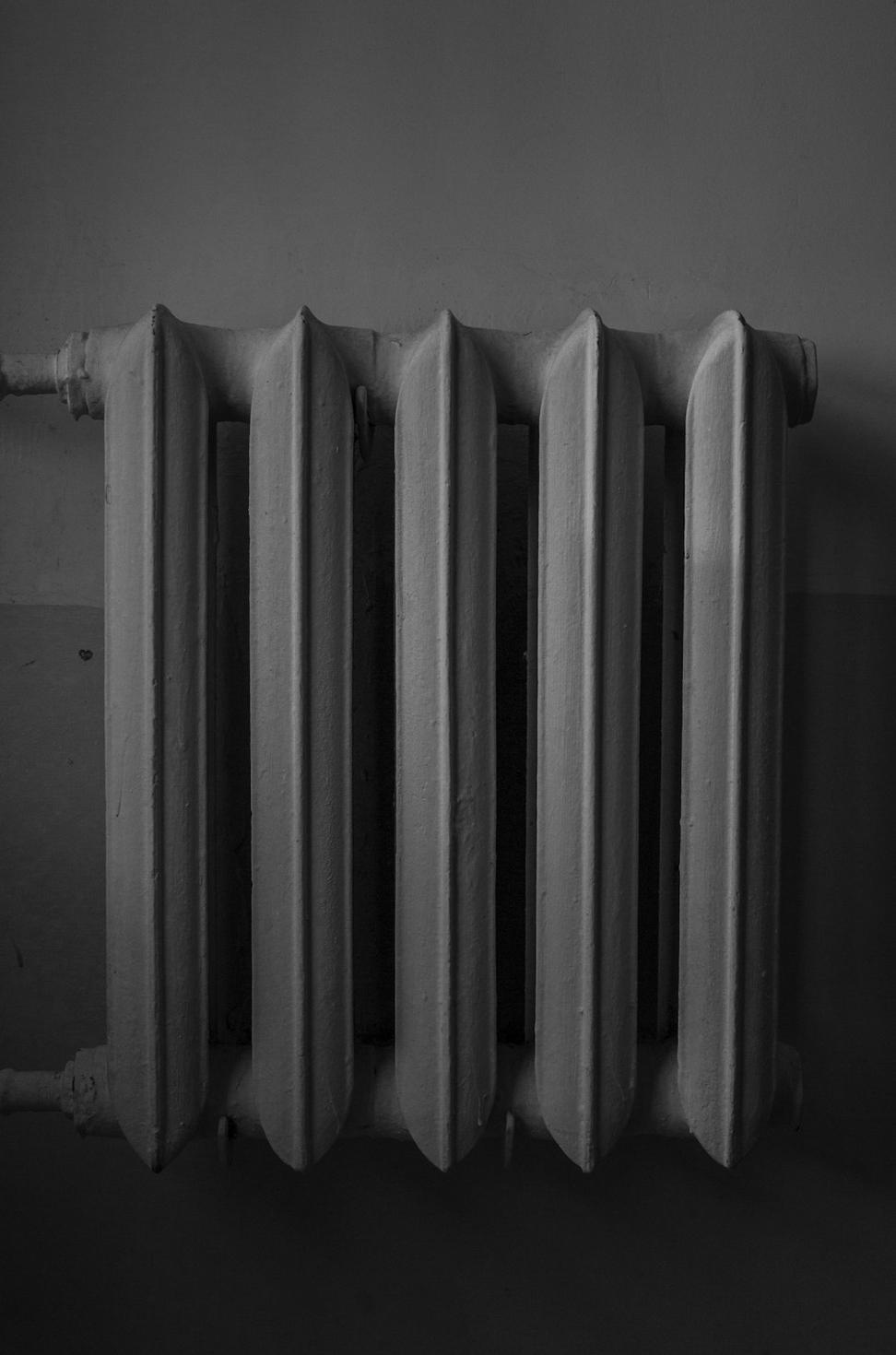
Modern heat pumps work great in Vancouver's climate. They're 3-4x more efficient than gas furnaces and handle our mild winters no problem.
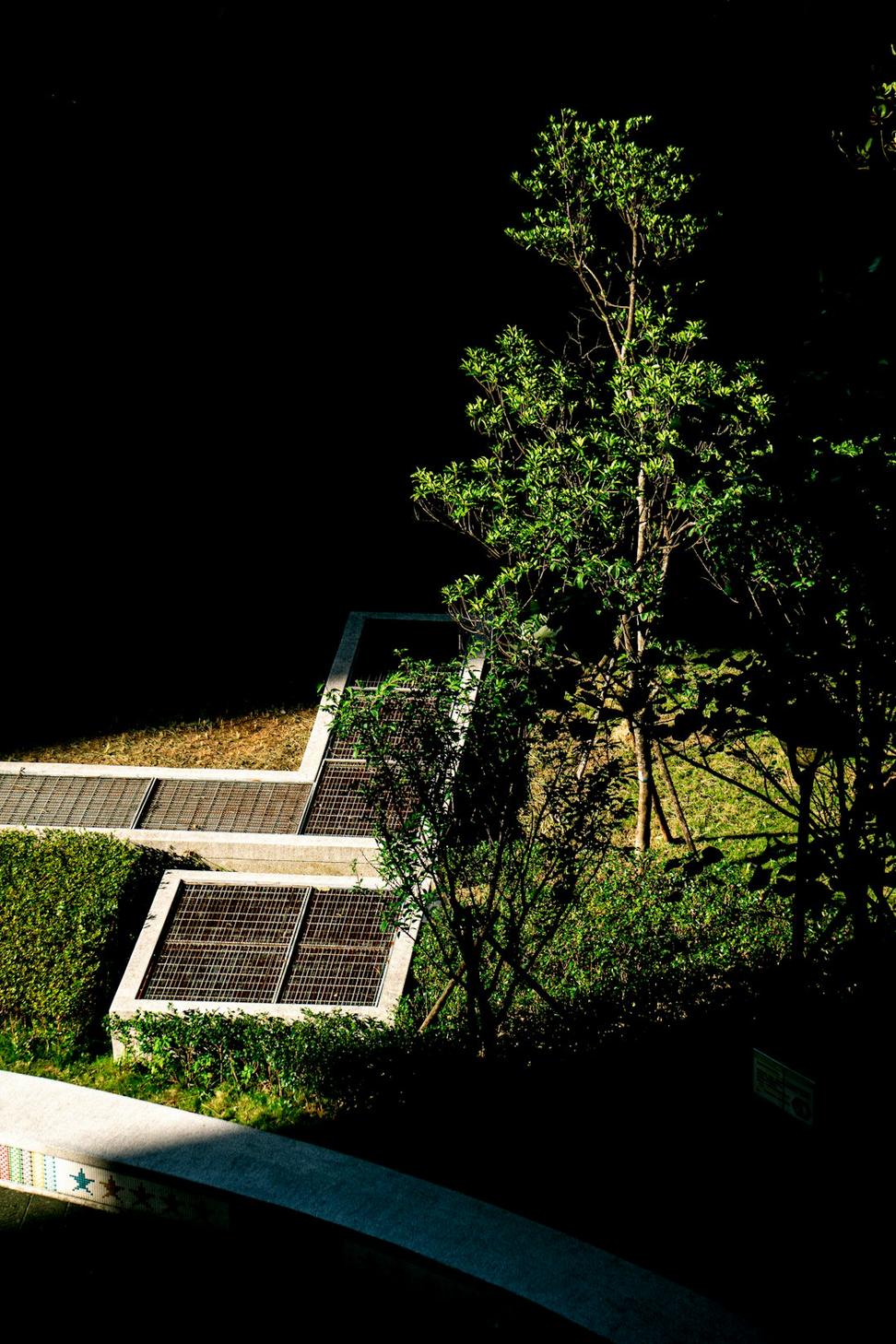
Living roofs aren't just pretty - they manage stormwater, provide insulation, and create habitat. Maintenance is easier than people think.
We're not talking about gimmicky smart home stuff. Energy monitoring, automated shading, and optimized HVAC scheduling actually reduce consumption. But we design them to be simple - nobody wants to troubleshoot a complicated system.
There's so much good material that gets thrown away during demolitions. We've used reclaimed timber, brick, and even windows in projects. It takes more coordination but the character you get is worth it.
Here's the thing nobody tells you - sustainable design can cost more upfront. Not always, but often. Better windows, thicker insulation, higher efficiency systems... they add up.
But here's what we've seen after doing this for years: most of our green features pay for themselves within 5-10 years through lower operating costs. And buildings that are comfortable and cheap to run are worth more when you go to sell.
Some things make financial sense immediately - like proper insulation and air sealing. Others, like solar panels or geothermal systems, take longer but still work out over time.
We're always honest about what'll give you the best bang for your buck. If your budget's tight, we'll focus on the high-impact stuff first. No judgment - we'd rather see you do insulation right than blow the budget on fancy solar panels and skimp on the fundamentals.
Downtown Vancouver office building - 4 floors, 22,000 sq ft
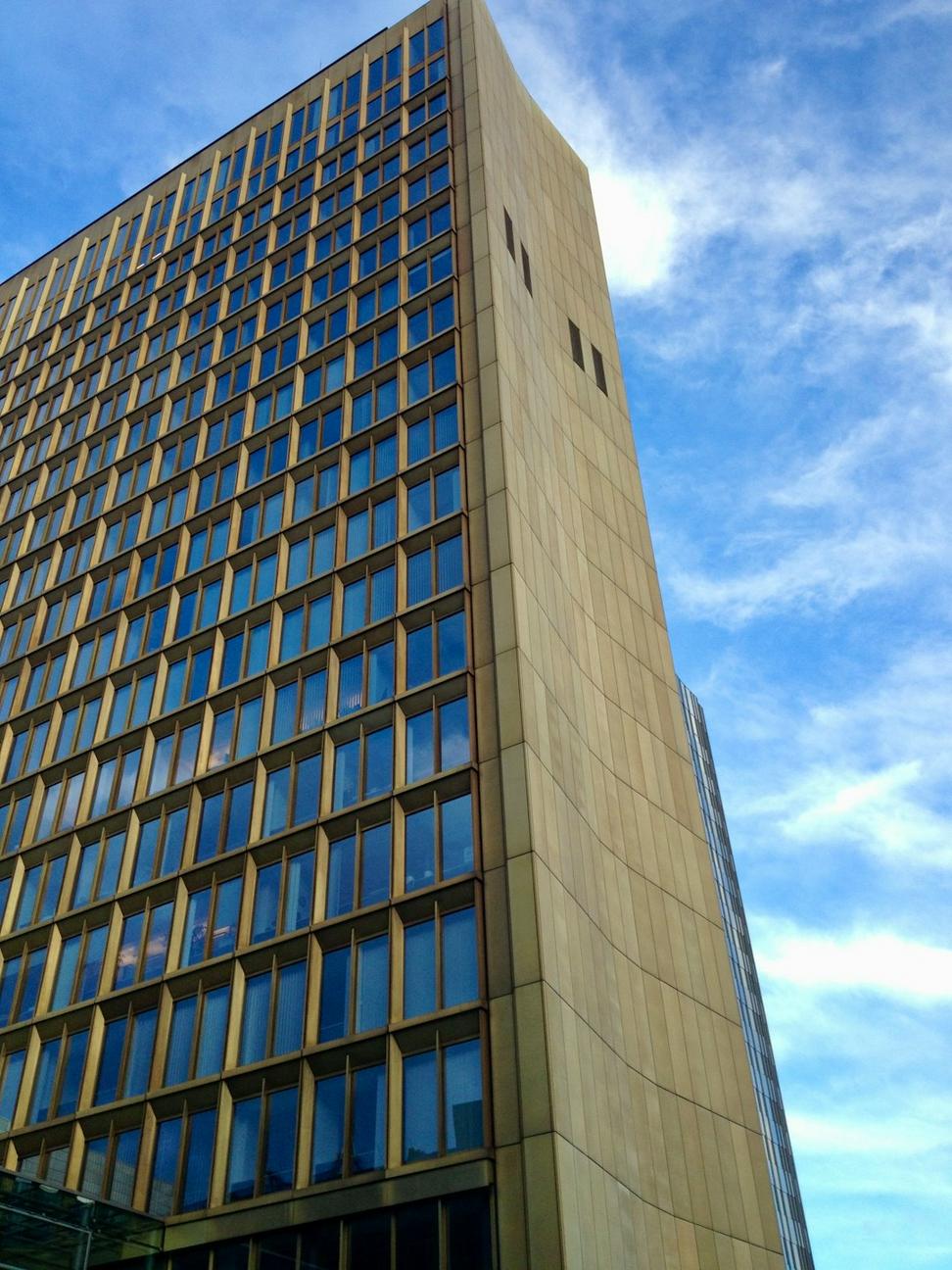
Mid-90s office building with outdated systems, poor lighting, and tenants complaining about comfort. Owner wanted to attract better tenants and reduce operating costs without a total rebuild.